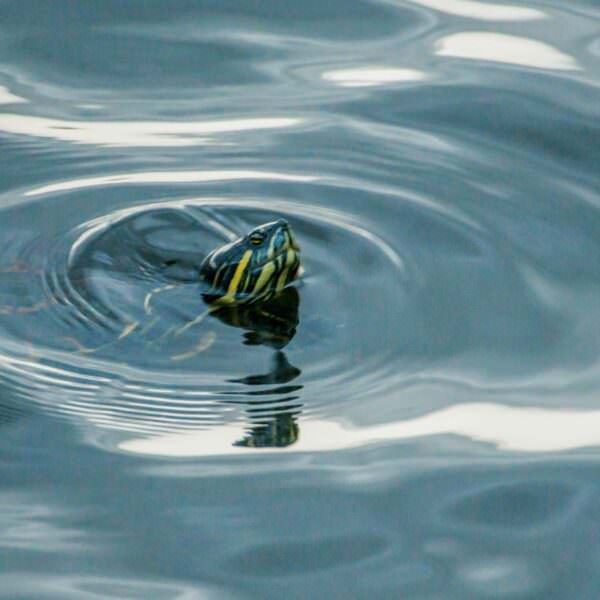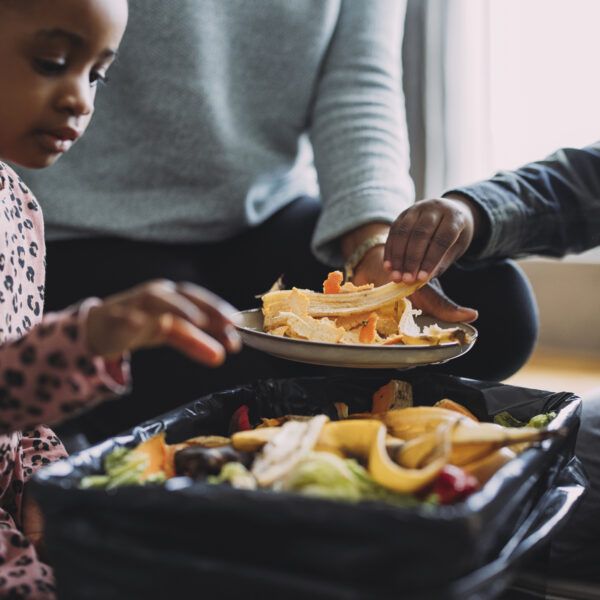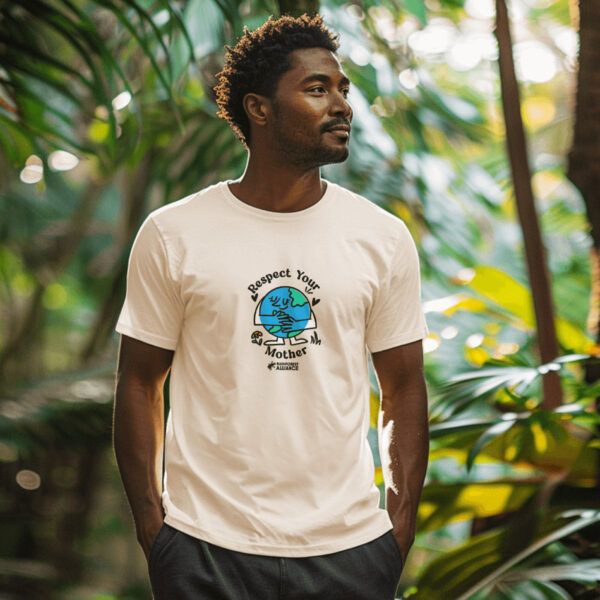Taking a long hot shower is something many of us take for granted, just like turning on the tap when we need to drink, bathe, or cook. But for the 750 million people around the world who lack access to clean and safe water, finding enough to cook, clean, or bathe with is a harrowing daily ordeal.
By 2030, almost half of the world’s population will live in areas of high water stress, due to a combination of climate change, irresponsible water policies, and rapid population growth. Mega-droughts threaten agricultural crises, while increasing wildfires signal that our forests have grown dry and brittle.
Water conservation and protection is a central element of the Rainforest Alliance’s work. Shade requirements for coffee farms, wastewater treatment measures, and buffer zones to prevent the erosion and contamination of waterways are just some of the many proven methods we promote in order to protect Earth’s most vital resource.
Together, we’re building a future where people and nature thrive. Sign up today and join our movement…
You can do your part by making some simple changes to your daily routine:
1. Consider the distance
The transportation of food and other goods requires a great deal of water. It takes anywhere from 2.8 to 6.6 gallons of water to produce one gallon of crude oil. When you choose local foods, you’re eliminating many of these hidden water expenditures from the supply chain. And when you’re checking out at an online retailer, ask yourself—do you really need two-day shipping? Patience is a water-saving virtue.
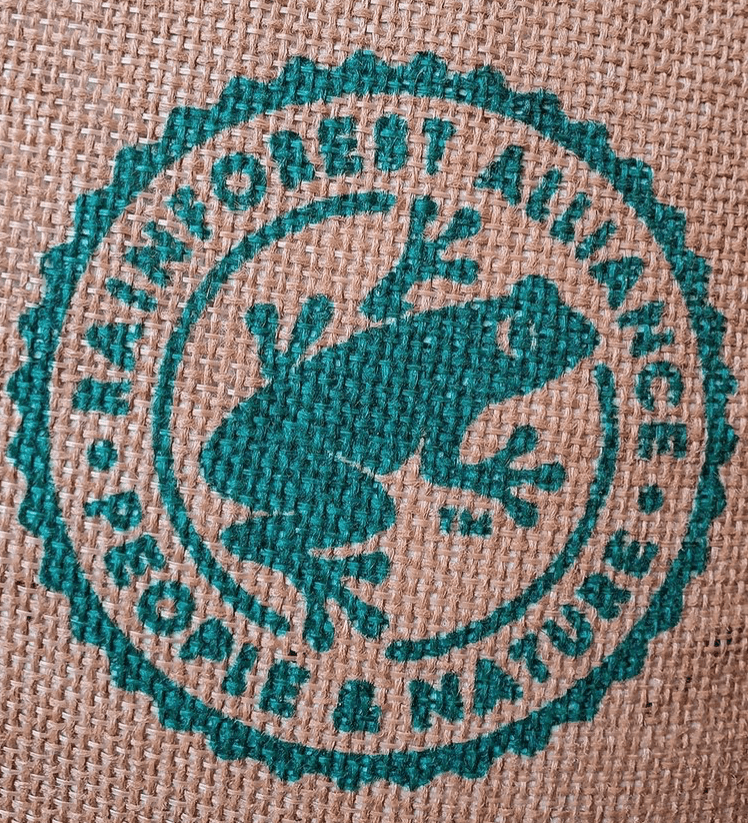
2. When you buy products grown in the tropics…
…(like coffee, tea, chocolate, or bananas), look for the green frog seal. Rainforest Alliance Certified farms prioritize water conservation and the protection of local streams and waterways.
3. Buy less clothing
Shop at vintage or used clothing stores, swap clothing (a great party idea), and recycle your old clothes. The average consumer goes through 35 pounds of new cotton clothing per year—and cotton is one of the thirstiest crops out there. It can take more than 20,000 liters of water to produce 1 kg of cotton. And buying secondhand takes you out of the “fast fashion” cycle—you won’t be supporting unethical labor practices or unsafe working conditions.
4. Investigate organic options
They may use less water depending on where they come from. For example, rain-fed organic cotton from Brazil takes just 10.6 gallons of water per pound to manufacture, compared with the 782 gallons of water required to grow organic cotton in California, which has struggled with drought. You can also choose clothing made from alternative fibers, like hemp, tencel, or silk. These fibers require less land and water than cotton, and they can be grown organically.
5. Stop buying bottled water
To visualize how much oil it takes to make a single-use bottle, imagine filling the bottle one-quarter full of oil—that’s a lot for a single-use item. Only 15 percent of plastic water bottles are recycled, while every single day 66 million bottles end up in landfills, or, more likely, as land or ocean litter. Try instead a reusable water bottle made out of BPA-free plastic or aluminum, filled with tap water.
6. Skip baths
Instead take short showers under a water-saving shower head, which can reduce the amount used in showering by 40 percent! Bonus tip: the simple act of shutting off the faucet while you shave and lather can save up to 75 gallons of water per week.
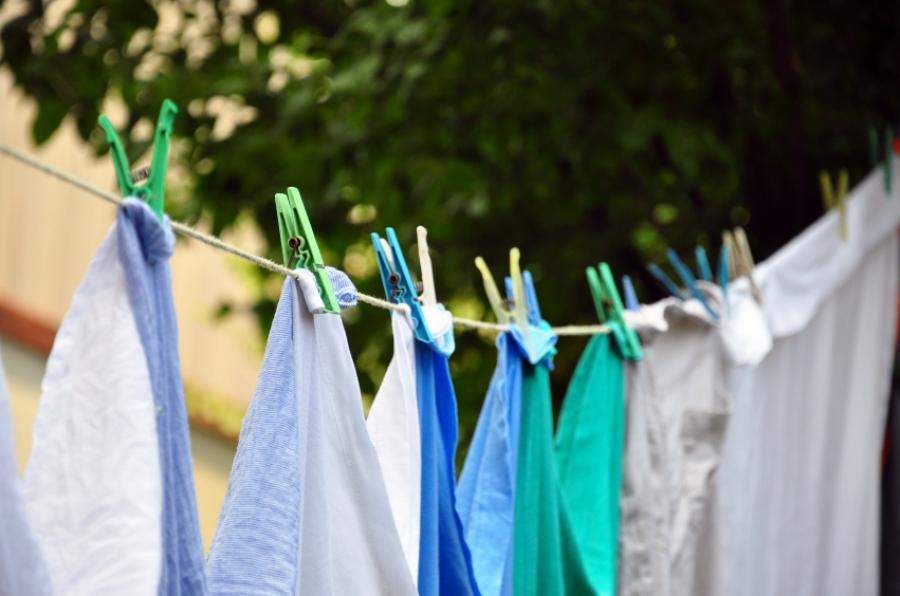
7. Do laundry only when you have a full load
Use the appropriate water settings and upgrade to energy- and water-efficient washers and dryers. Since there’s a hidden water cost in all energy use, air-drying your clothing saves both energy and water.
8. Choose responsibly-produced cardboard and paper
And recycle every scrap! The Forest Stewardship Council Certified seal indicates responsible forestry methods that include the protection of waterways. And for every pound of paper you recycle, you can save 3.5 gallons of water.
9. Calculate your household water use
Use this handy tool and challenge yourself and everyone else in your household to lower your impact.
10. Water your lawn/or garden mindfully
Nearly 30 percent of daily water use in the U.S. alone is devoted to outdoor use, and of that water, about 50 percent is lost to evaporation. The best time of day to water is in the evening just before the sun sets, when the temperature has dropped, and water is less likely to evaporate. Use a watering can or triggered hose if possible, and keep the stream close to the ground so the water goes right to the roots.
11. Wash your dishes efficiently
If you wash dishes by hand, try the two-sink method: scrape every bit of food you can off the dish, then wash in a basin full of hot, soapy water, followed by a quick rinse in a basin of cold, clean water. But using a dishwasher properly can actually use less water than handwashing. Also consider upgrading your old dishwasher to a new ENERGY STAR-qualified dishwasher, which uses less than half as much energy as washing dishes by hand and saves nearly 5,000 gallons of water a year.

